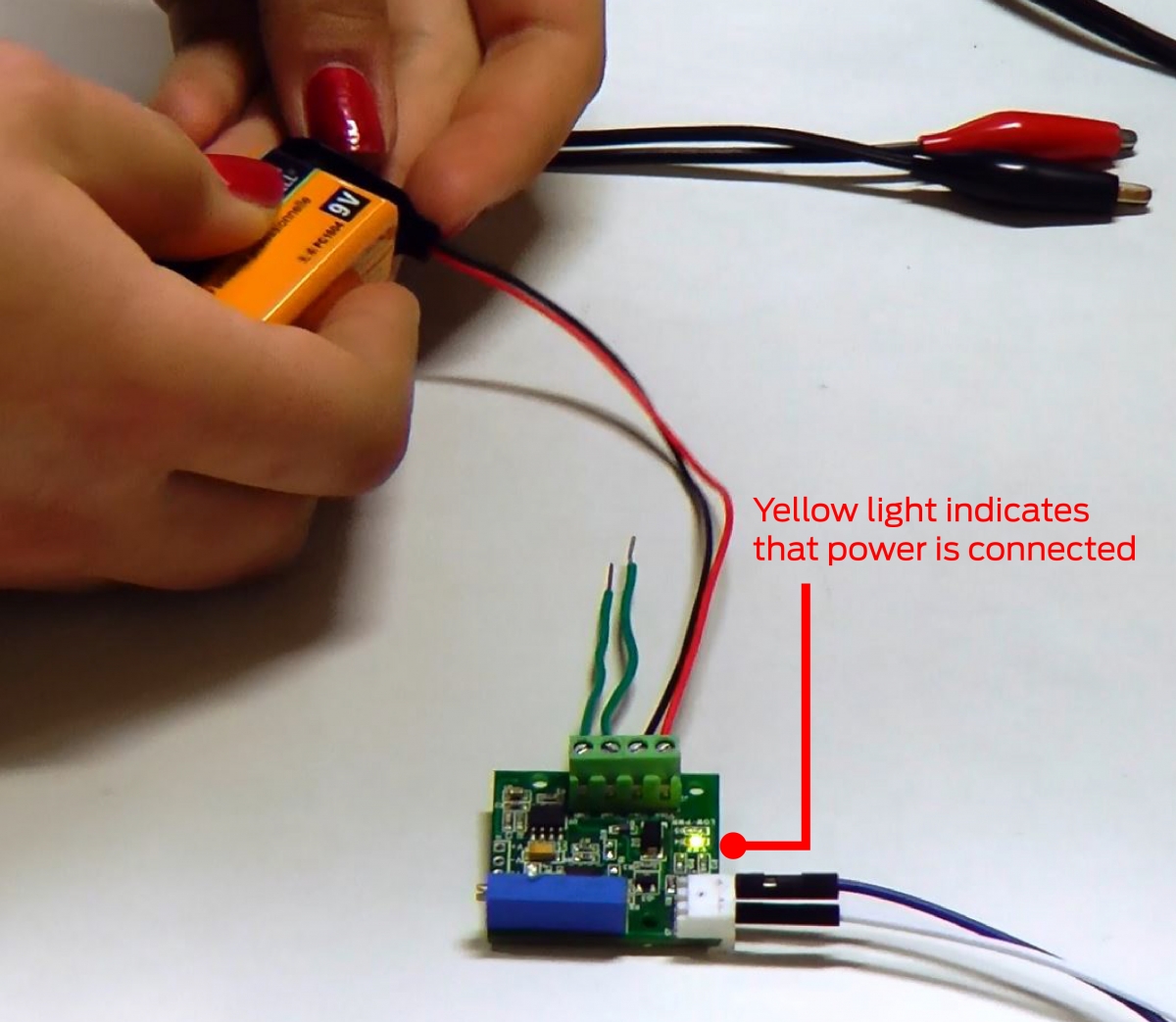How to Create a Pressure Sensor Pad
Pressure sensor pads are electronic devices that capture physical force contact to generate some sort of a response. There is a truly endless amount of applications for pressure sensor pads, ranging from an input mechanism in a human-machine interface (HMI), a method to capture intruders in a force-sensitive security system, and beyond.
Whether developed as a single-point sensing device, or as an array of multiple pressure-sensing elements, pressure sensor pads can be created to perform many different types of functions, including:
- Detecting and measuring relative change in force or applied load
- Detecting and measuring the rate of changes in an applied load
- Identifying force thresholds to trigger an appropriate reaction
- Detecting contact and/or touch
How Are Pressure Sensor Pads Constructed?
Most pressure sensor pads are typically created with four source components:
- A force sensor or pressure sensor. (Load cells, strain gauges, microelectromechanical systems (MEMs), and force-sensitive resistors (FSRs))
- Interface circuit (aka, breadboard or microcontroller)
- A method to capture or display feedback from the pressure sensor pad
- A power supply
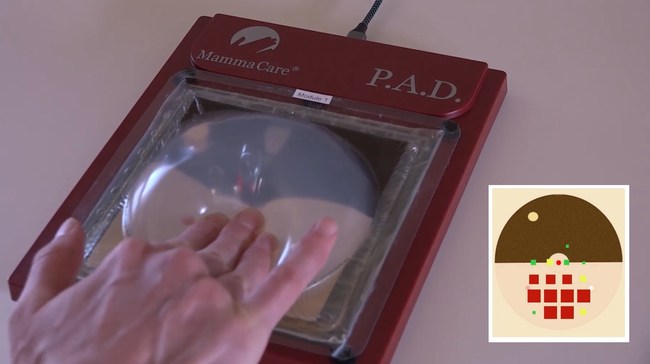
Certainly, these elements get more complex depending on the needs of the application. Interface materials or protective covers may also be required, depending on the operating environment.
Texan's thin film pressure and force measurement sensors are used in a wide variety of pressure mapping industry applications and integrated in many commercial, industrial and biomedical devices, including this palpation training device for medical professionals.
How Can I Build a Pressure Sensor Pad?
In this article, we will show you how to create your own simple, single-point pressure sensor pad, using an ultra-thin force sensor.
Here's What We're Working With:
|
Step 1: Connecting the Pressure Sensor Pad Components
|
First, insert the two leads of the force sensor into the connecting points of the interface electronics, and then connect the 9V battery to the battery clip. Most interface electronic boards include a small light that will light up when the power supply is successfully connected. |
|
|
Next, connect the Black and Red clips from the multimeter to the connecting wires of the interface circuit board. The Black probe should be clipped to the wire that is labeled “ground” or “GND.” |
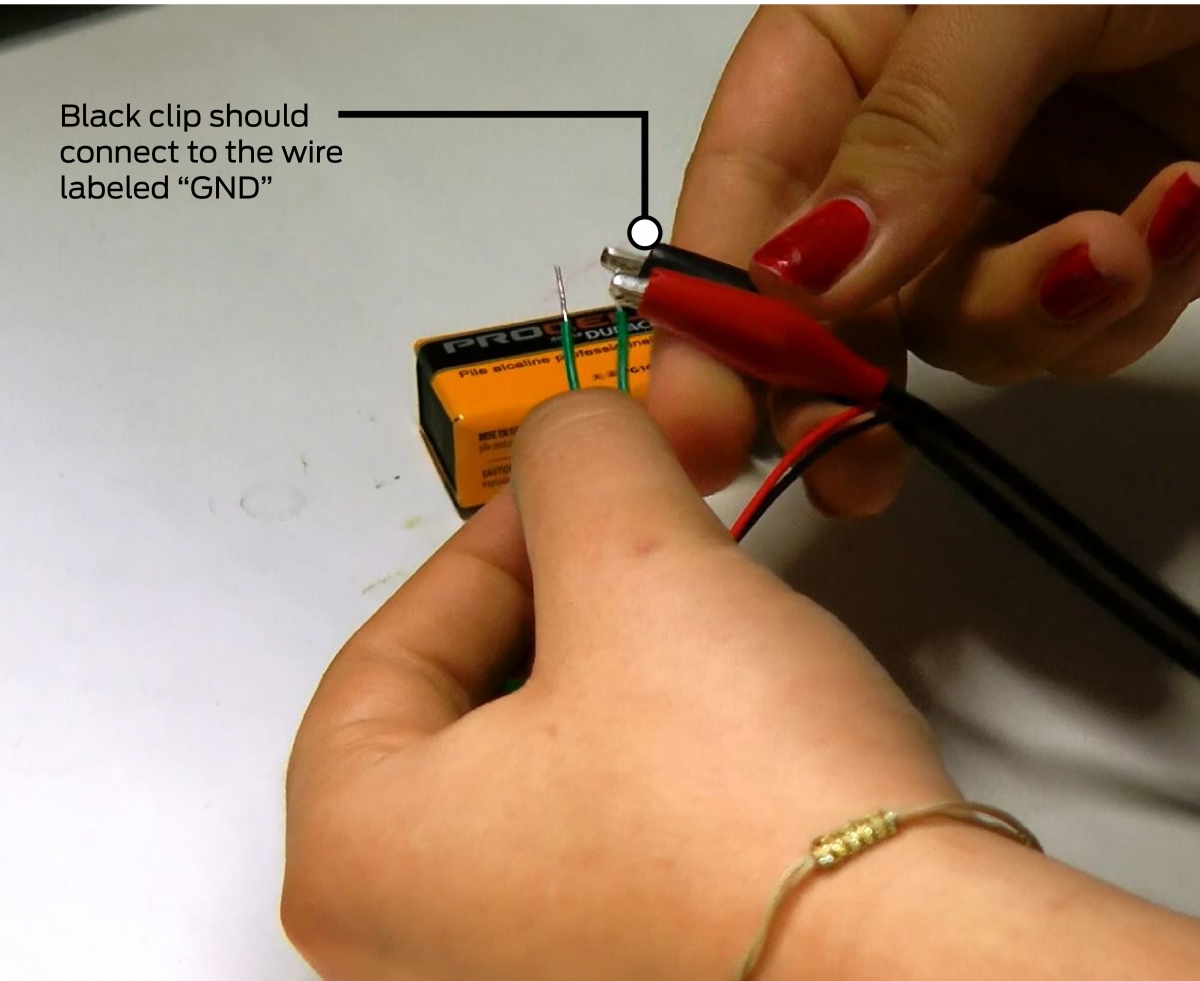 |
|
Once everything is connected, turn on your multimeter. For the purpose of this exercise, we’ll be setting the multimeter dial to Direct Current Voltage (DC voltage). This setting allows you to capture raw force readings. Press down on your sensor to test the connections, and monitor feedback on the multimeter. |
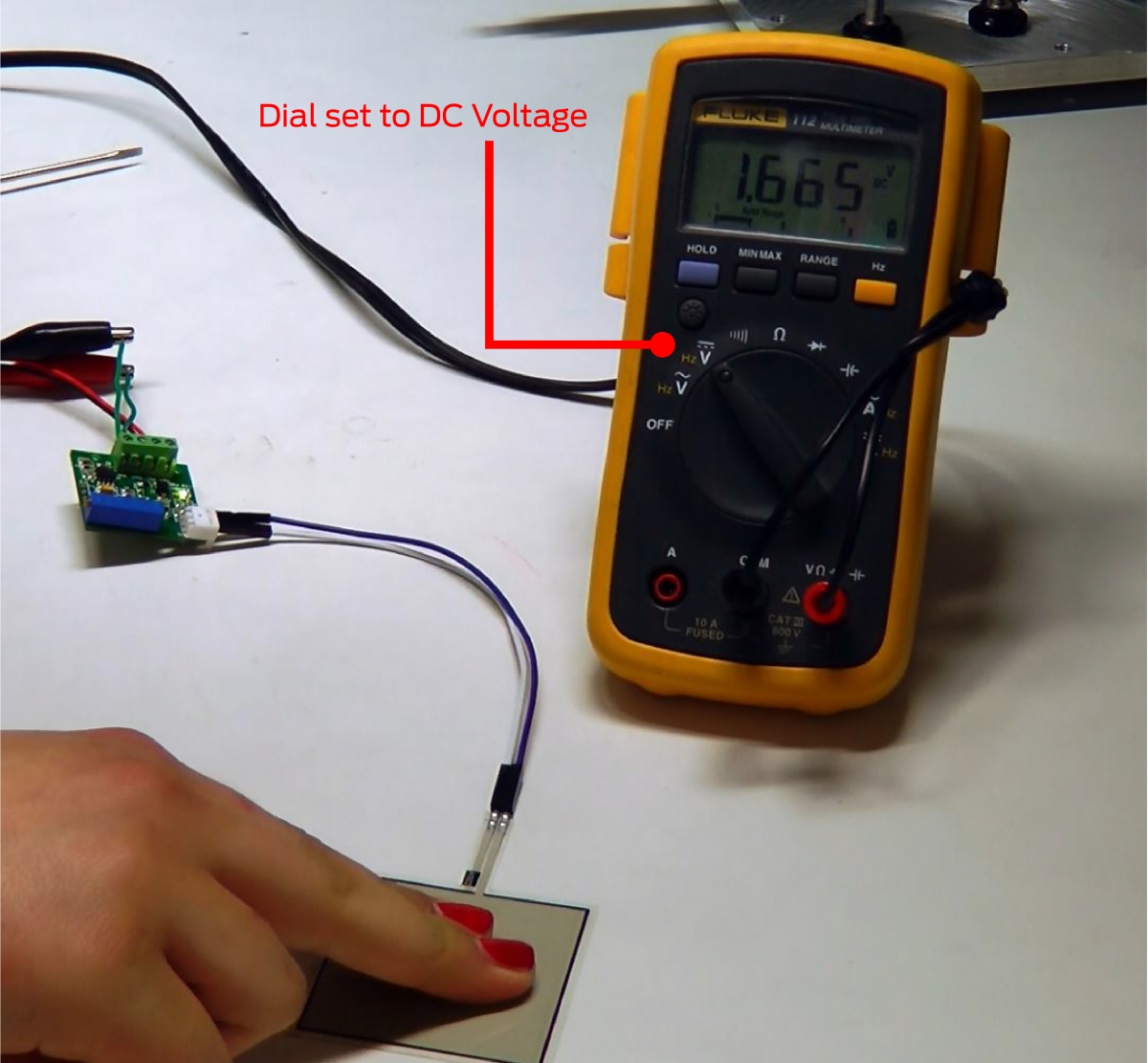 |
|
Note: This point of the process is a good time to try testing different interface materials on your force sensor. For instance, if you plan to embed this sensor into a handheld device – e.g., a remote controller – you determine what materials will provide the best results from a sensitivity perspective. |
Step 2: Adjusting the Pressure Sensor Pad Sensitivity
No matter what you plan for your pressure sensor pad application, it’s always ideal to select an interface circuit that includes adjustable components. The FlexiForce Quickstart Board we’re using in this example includes an adjustable potentiometer that allows the user to adjust the sensitivity of their sensor. This article explains how FlexiForce users can get the most of their sensor performance with the ability to adjust force ranges.
|
To adjust sensitivity, use a small screwdriver to either tighten or loosen the potentiometer (a small, blue unit with a screw). Turning to the left will increase sensitivity (requiring less force to produce a response), while turning to the right decreases sensitivity (requiring more force to produce a response). |
Your Pressure Sensor Pad is Now Complete!
|
This is just one way you can make a simple, low-cost pressure sensor pad. There are several different kinds of interface electronics (e.g., Arduino microcontrollers, breadboards, etc.) or methods to convert the raw analog force signal into a digital response. If you determine FlexiForce sensors may be a good fit for your pressure sensor pad device, the FlexiForce Prototyping Kit is a great way to obtain proof-of-concept data, without having to make a significant upfront investment. |
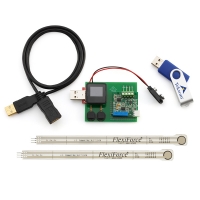 |
Check Out This Video Explaining These Steps to Create a Pressure Sensor Pad:
Interested in trying out FlexiForce sensors? Browse our online store of standard sensors and kits to find the best products for you!

